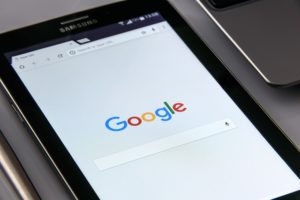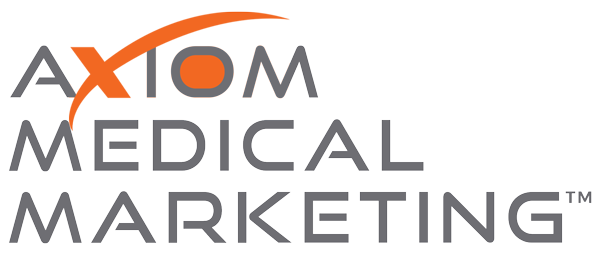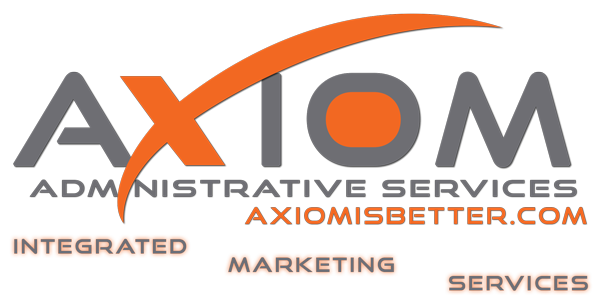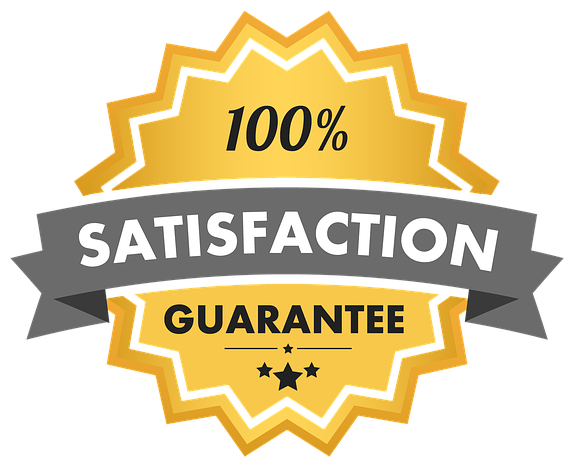Google AdwordsAdWords and Google Maps Advertising
 You may have considered, or even used, Google’s “AdWords” or Google Map’s “Promoted Pins” in trying to direct traffic to your website. Many amateurs have given this a try (or a half-try) and concluded that it is just too complicated or confusing. The fact is that these are very powerful tools, but they are not easy to master.
You may have considered, or even used, Google’s “AdWords” or Google Map’s “Promoted Pins” in trying to direct traffic to your website. Many amateurs have given this a try (or a half-try) and concluded that it is just too complicated or confusing. The fact is that these are very powerful tools, but they are not easy to master.
Put simply, AdWords is a Google service in which advertisers pay to display a small piece of advertising text (a “snippet”) along with a web address at or near the top of the results page that is generated by a specific search term. The advertisers pay only when users divert their browsing to click on the advertising copy. AdWords can enable a small business to set an advertising budget which cannot be exceeded, to reach an audience that is interested in their product or service and even to determine the time of day this happens. The AdWords customer pays only when their site is clicked and can set a limit to the amount of money they will spend.
To say the least, AdWords has been a success for Google, generating a huge part of its multi-billion-dollar revenue. This continued success tells us that many people and companies are using AdWords successfully.
To illustrate, let’s use a real-life example. You have a friend or relative, and a special occasion is coming up for that person. You need the services of a florist in Daytona Beach, Florida. This need sends you to the first place most people go today, the Google search engine. Entering the search term, “florists in Daytona Beach” immediately returns a list of results called a SERP (Search Engine Results Page). If you look at the top four to five results, you can see that each of them has a web address preceded by this small icon that says “Ad.”
The whole thing might look something like this-
Ad www.yourflowerbiz.com
We deliver 24/7 in Daytona, Port Orange, and Ormond
Same Day Delivery, Satisfaction Guarantee, $12.99 Bouquet.
These results are the paid ads (Search Ads) featured by Google. The business owners whose information is in this list have paid Google to place their web addresses at the top of the SERP, where the most people are going to see and ‘click’ on them. Typically, they consist of the web address followed by a few lines of text called a “snippet.” For a florist, the snippet might contain terms like, “Same Day Delivery, Satisfaction Guarantee, $12.99 Bouquet.”
Search engines like Google use content within the page and the unseen metadata tags of a web page to generate the text that makes up a search snippet. Usually, the HTML title tag will be used as the title of the snippet and the description tag will be used for the text. If you do not know what terms like “unseen metatags” or “description tags” mean, you might want to invest a little time in learning the basics. Books like “AdWords for Dummies” available from Amazon and other book sellers can give you a quick overview of the terminology involved in using AdWords.
Below this list of AdWords is the Google Map showing the map locations of several florists (and perhaps some unrelated businesses). On the map there will be icons called “promoted pins.”
The promoted pins give searchers a graphic idea of the physical locations of businesses that might be able to meet their requirements. Clicking on one of the promoted pins will cause a pop out window to appear with essential information about the business (hours, website, phone, etc.). The Google Maps and their promoted pins are meant to take advantage of several known facts-
- Most consumers do at least some local searches.
- 75% of people who search for nearby merchants use smartphone queries and visit the store within a day.
- Between one third and one half of all mobile device searches relate to location; location-related searches have been growing much faster than mobile searches overall.
- 1 billion+ people have downloaded the Google Maps application to their mobile devices.
Every year, searches on Google.com and Google Maps steer consumers to 1.5 billion destinations. Being on Google Maps is like having your own billboard in consumers’ smart phones.
Perhaps the most common question asked about AdWords and Google Maps is about how much it costs. The answer is, “It depends.” It depends on the geographical area, the keywords in the search term and market forces (the price is responsive to demand). Retailers like Walmart or Amazon can spend up to $50 million per year on paid searches in AdWords. The most expensive keywords in AdWords can cost as much as $50 per click, but these are high-end businesses or services whose customers have very high lifetime value (for example, some law firms or insurance underwriters). The average cost per click (CPC) in Google AdWords is about one to two dollars.
So, how do you go about taking advantage of these tools? It is possible to educate yourself and to devote enough time to branding strategies, to SEO techniques and to finding your own digital marketing solutions. However, most small business owners or service providers do not want to do this. The best choice for most web users is to turn to a professional internet marketing agency, a local SEO services provider who can coordinate direct mail advertising and local SEO services to produce an overall branding strategy that works.
If you are struggling to find those digital marketing solutions that work and branding strategies that make your business stand out, turn to Axiom. Your business deserves more than a cheap web design, and Axiom is more than an internet marketing agency. Axiom Administrative Services has the professional skill and small business SEO skills needed to get your web presence the ranking it deserves.
Our business marketing team can combine traditional marketing tools like direct mail advertising with local SEO services to build your branding strategy. Please visit Axiom’s small business services page or call Axiom at 800-888-6348.






About the Author